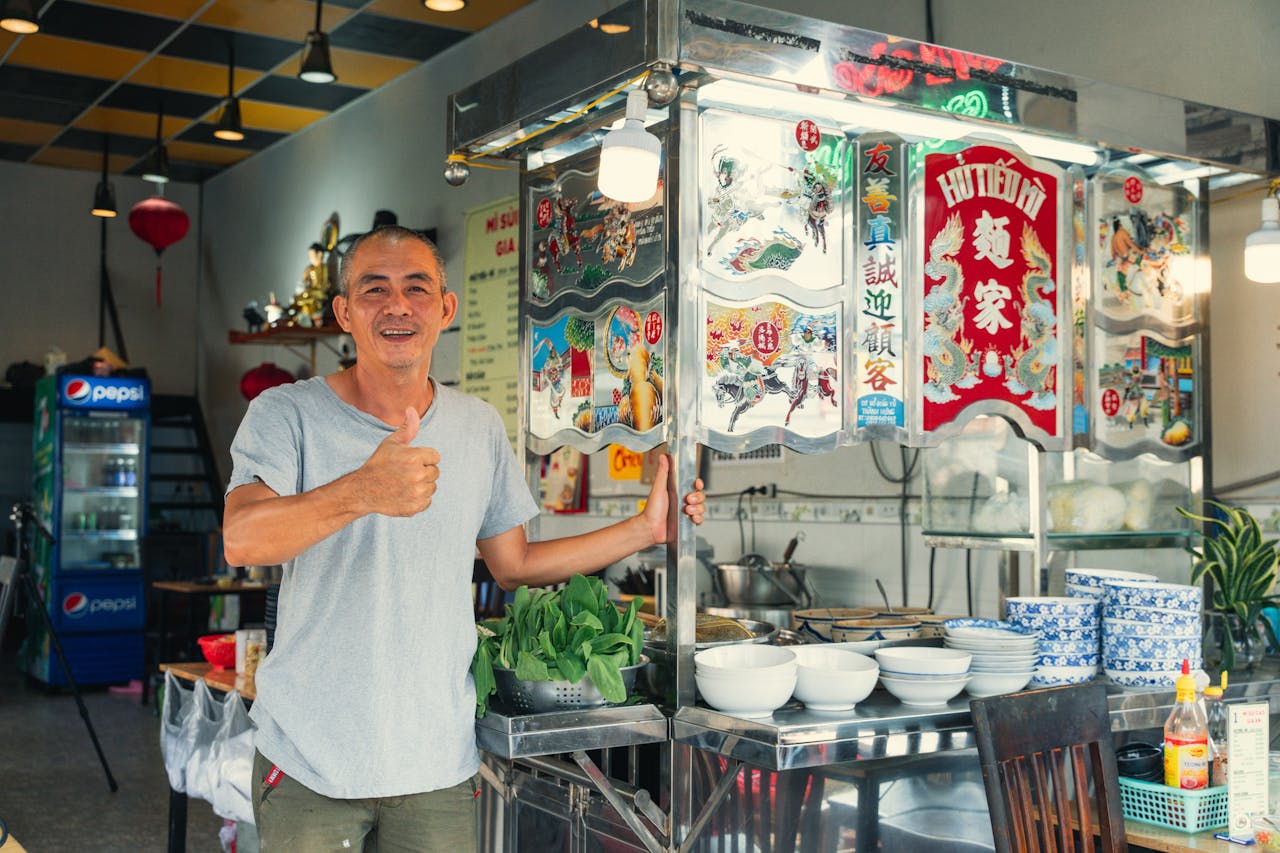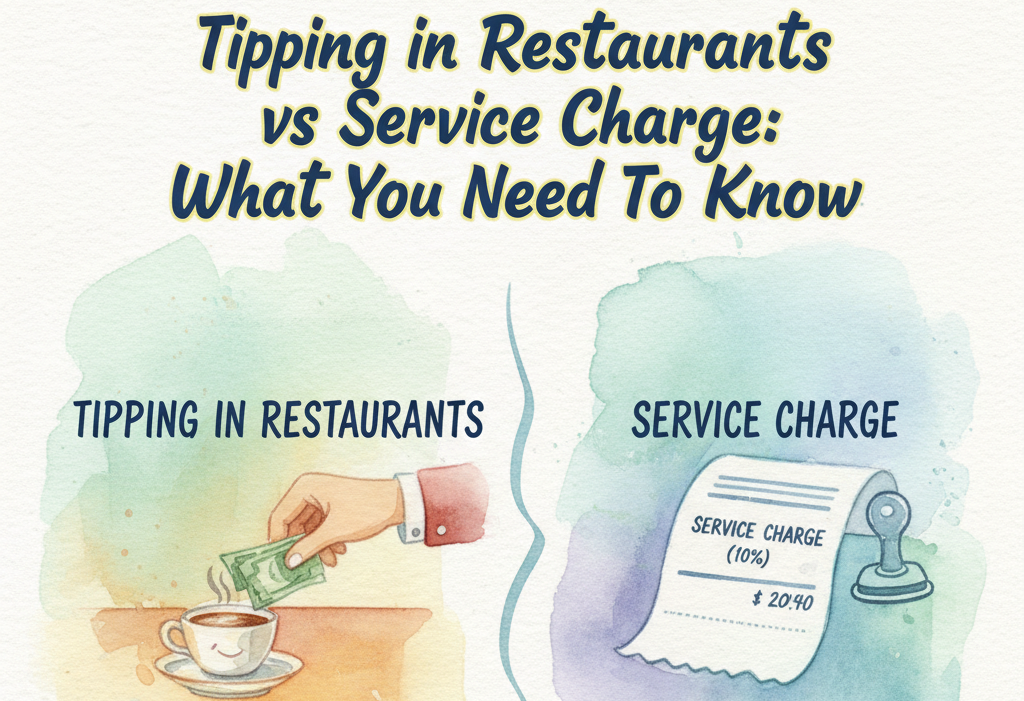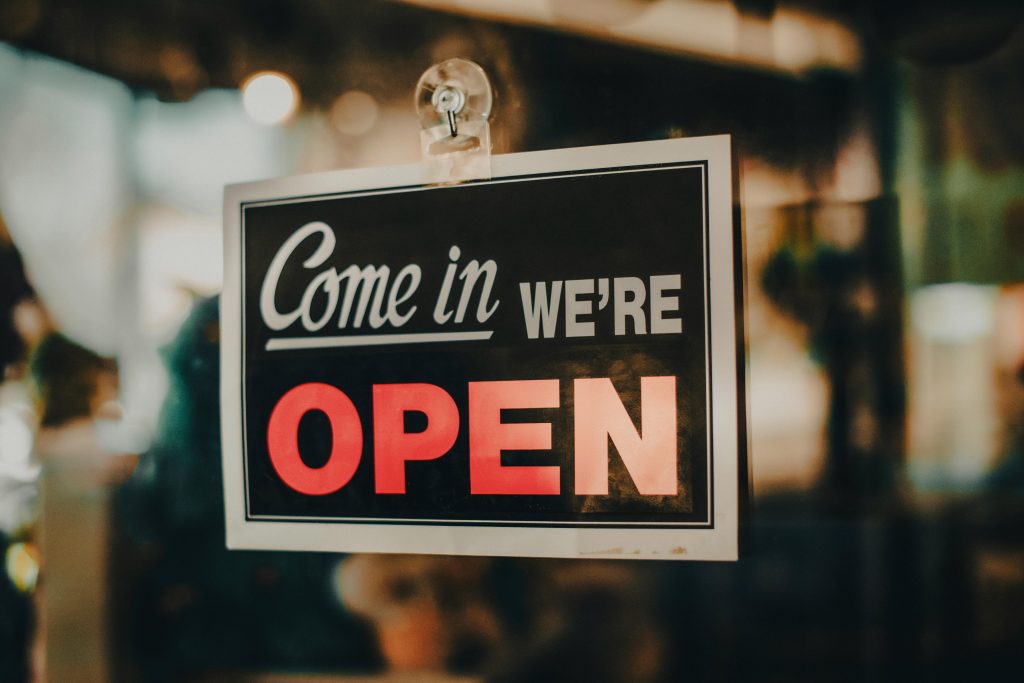As a restaurant owner, you always look for ways to boost your revenue and improve customer satisfaction. One of the most effective techniques you can employ is upselling. This strategy not only increases your sales but also enhances the dining experience for your customers. Let’s dive into the benefits of upselling, explore some real-world examples, and discuss how you can implement this powerful tactic in your establishment.
What is Upselling?
Upselling is the practice of encouraging customers to purchase a more expensive item, an additional item, or an upgrade on what they initially intended to buy. It’s a strategy that works wonders across various industries, and restaurants are no exception. By leveraging upselling, you can make subtle suggestions that lead to higher average checks and more satisfied customers.
The Benefits of Upselling
- Increased Revenue– Upselling directly impacts your bottom line. By suggesting premium items or add-ons, you can significantly increase your average ticket size. For instance, if a customer orders a burger, suggesting they add cheese, bacon, or upgrade to a combo meal can bump up the final bill.
- Enhanced Customer Experience-When done correctly, upselling can enhance the customer experience. Customers often appreciate suggestions that improve their meals or make them more enjoyable. For example, recommending a perfect wine pairing or suggesting a popular dessert can elevate their dining experience.
- Better Inventory Management-Upselling can help you manage your inventory more efficiently. By promoting items with a higher profit margin or those that need to be sold quickly, you can reduce waste and increase profitability.
- Improved Staff Performance-Training your staff to upsell can improve their engagement and performance. It encourages them to interact more with customers, understand the menu better, and ultimately contribute more to your restaurant’s success.
Real-World Examples of Successful Upselling
Example 1: McDonald’s
McDonald’s is a master of upselling. Their famous phrase, “Would you like fries with that?” has become iconic. By simply asking this question, they increase their sales of fries significantly. Additionally, their meal deals, which offer a drink and a side for a slightly higher price, encourage customers to spend more than they initially planned.
Example 2: Starbucks
Starbucks uses upselling techniques brilliantly with its beverage sizes. By offering tall, grande, and venti sizes, they subtly encourage customers to opt for the larger, more expensive option. They also suggest food items that pair well with the chosen drink, increasing the overall sales.
Example 3: A&W Malaysia
A&W Malaysia employs upselling by offering combo meals that include sides and drinks at a discounted rate compared to purchasing them separately. This not only increases the average ticket size but also enhances customer satisfaction by providing a complete meal experience.

Implementing Upselling in Your Restaurant
Now that you understand the benefits and have seen some real-world examples, let’s discuss how you can implement upselling in your restaurant.
So, start today by integrating these upselling techniques into your service routine, and watch your profits soar. Your menu holds the key to unlocking greater revenue and happier customers.
- Train Your Staff– Training is crucial. Your staff should be knowledgeable about the menu and confident in making suggestions. Role-playing different scenarios can help them practice and perfect their upselling techniques.
- Use Menu Engineering–Menu engineering is the process of strategically designing your menu to highlight high-profit items. Place these items in prominent positions and use appealing descriptions to draw attention to them. A well-engineered menu can make upselling a natural part of the ordering process.
- Leverage Technology– If you have a QR Ordering System or use tablets at your tables, program them to suggest add-ons or upgrades during the ordering process. This can be particularly effective for takeout and delivery orders, where customers may spend less time interacting with staff.
- Create Combo Deals-Offer combo deals that provide value to customers while increasing overall sales. For example, you might offer a combo that includes a popular dish like Nasi Lemak, a drink, and a dessert at a slightly discounted price.
- Highlight Special Items-Use table tents, digital displays, or special sections on your menu to highlight seasonal or high-margin items. Visual cues can prompt customers to consider these options, even if they hadn’t initially planned to.
Key Statistics to Consider
- According to a study by Restaurant Insider, upselling can increase restaurant sales by 10-30%.
- The same study found that trained staff members can successfully upsell 40-50% of the time.
- Research by the National Restaurant Association indicates that customers are willing to spend up to 25% more when presented with appealing upsell suggestions.
Upselling is a powerful tool that can significantly boost your restaurant’s revenue while enhancing the customer experience. You can implement effective upselling strategies in your restaurant by training your staff, using menu engineering, leveraging technology, and creating appealing combo deals. Remember, the key is to make suggestions that genuinely enhance the dining experience, ensuring that your customers leave satisfied and eager to return.




